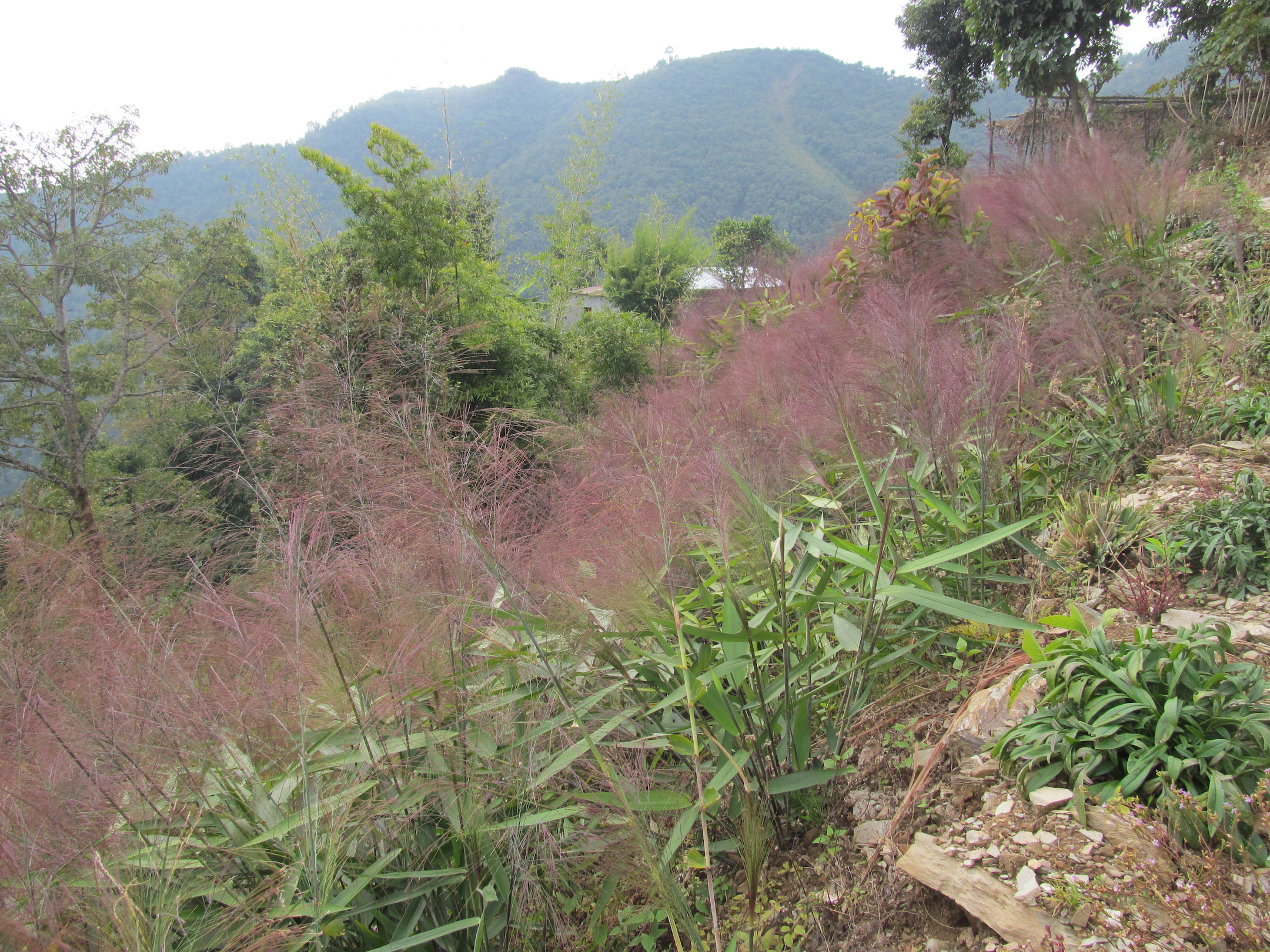

Plantation of broom grass (thysanolaena maxima) was promoted at roadsides, barren areas and farmlands. Due to its strong web-like rooting system, broom grass helped prevent soil erosion, and stabilize slopes. Broom grass can regenerate quickly even in degraded land, and does not require much maintenance. It can be used to make brooms, the leaves can feed livestock, and the stems and roots provide fuel wood. As such, broom grass planting provides multiple livelihood opportunities, as well as ecosystem services.
For such a planting scheme to work there must be demand, not only for the products that the plant species offers (in this case brooms, fuel and fodder), but also for the livelihood diversification offered. In this case, out-migration by young men created both demand for an income-generating activity from women, and opportunity for such an activity due to land being abandoned.
Broom grass planting works well in this situation because it offers both ecological and social benefits; planting programmes would have to select suitable plant species accordingly. In addition, the low labour-intensity and short growing time means there is minimal additional demand placed on women (the primary beneficiaries of this scheme).